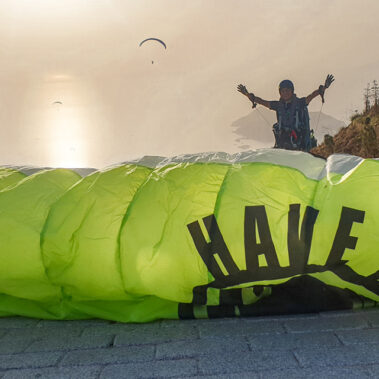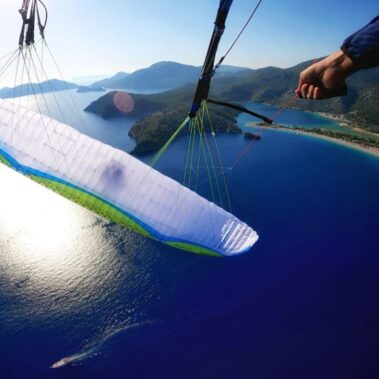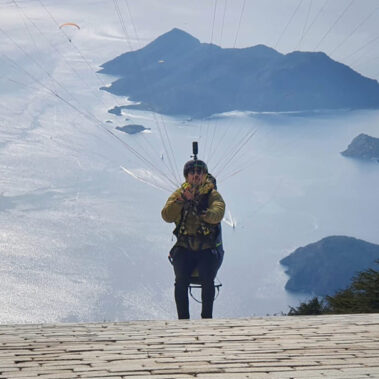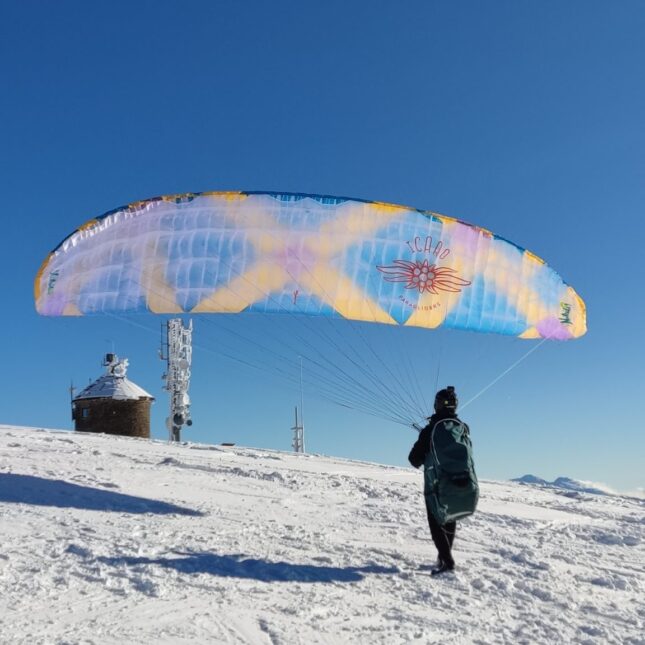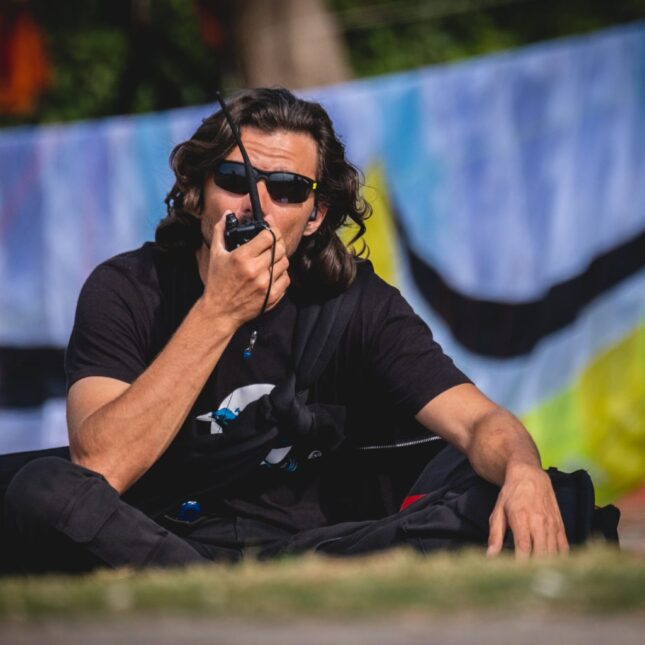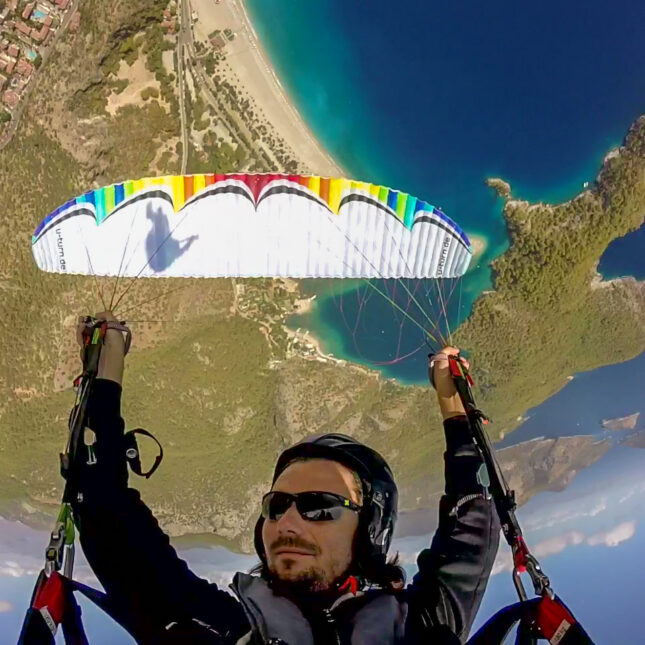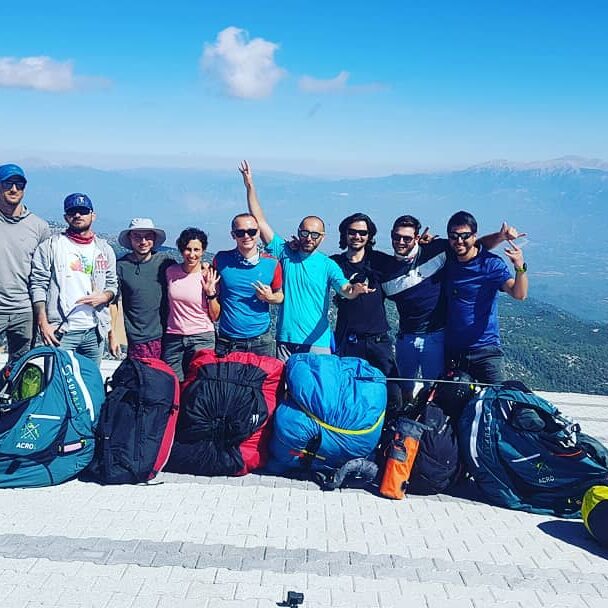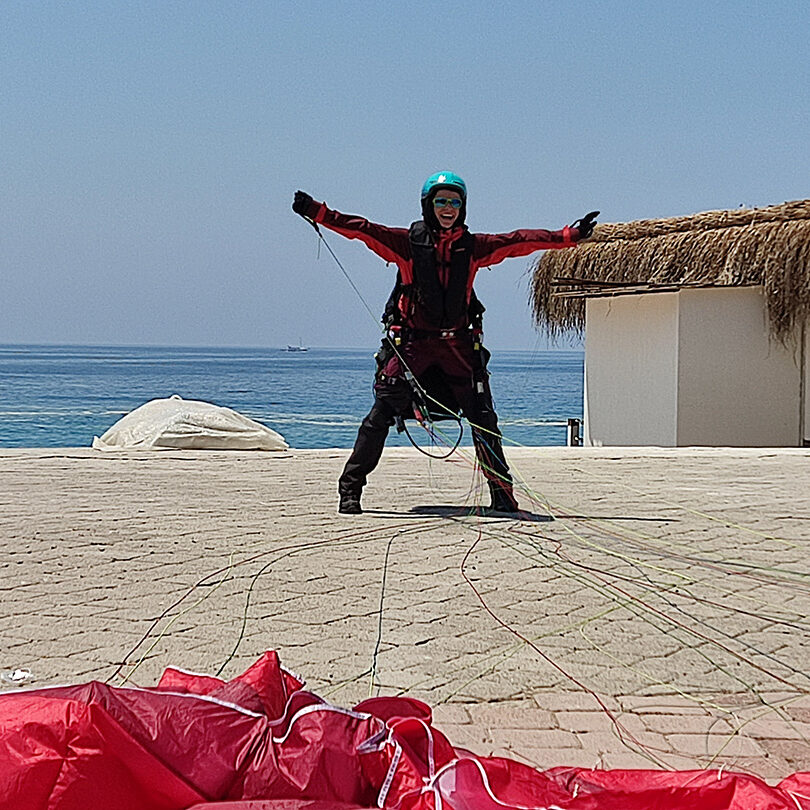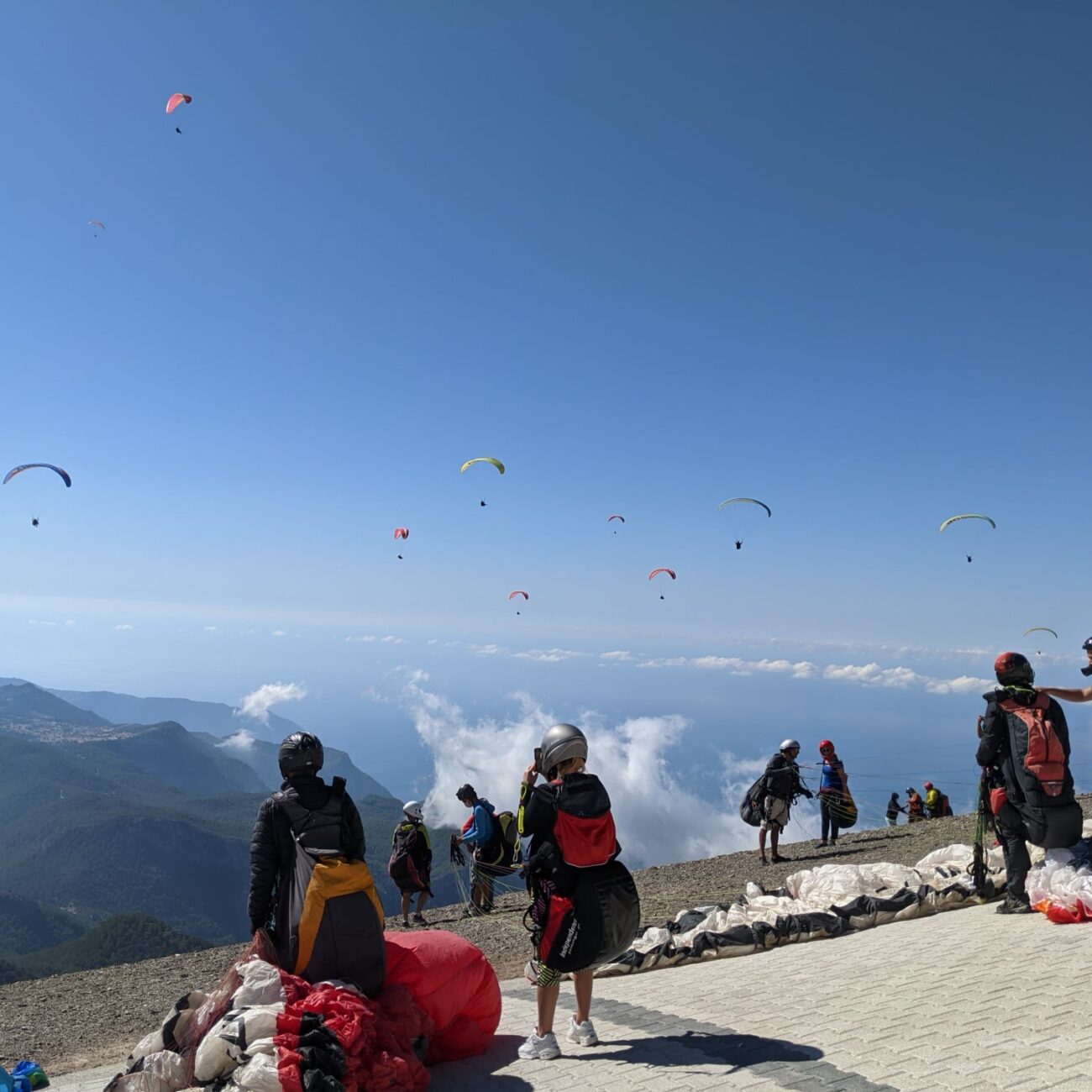In 2006 I discovered acro and learned by myself, using friends’ advice and youtube videos. I exposed myself to countless unnecessary risks and I am very, very lucky to be alive and healthy.
In 2010 I started commercial tandem flying and developed methodically into tandem acro. I developed this skill to the very top, performing all possible maneuvers including the ultimate: Tandem Infinite Tumbling. Out of nearly 7000 passengers, about 4000 experienced tandem acro and about 100 Tandem Infinite.
In 2011 I became an official instructor and immediately specialized in SIV, ACRO and Video Coaching. I have trained hundreds of students from all over the world ever since, in safety and with a progress-oriented mindset. I update teaching techniques constantly and develop my methods to be cutting-edge up to date. My goal is to always adapt them to the individual needs and conditions of every student. I see paragliding as a lifestyle, not just a sport, so my teaching involves many disciplines.
During my career I participated in world-class ACRO and XC competitions. I have never been on the podium, but I got to learn most tricks both normal and twisted and travel through the skies in safety and control. Over the years I have made many innovations and inventions in paragliding. My most notable one is the VTM 2000 automatic, an autonomous acro teaching machine and research platform, which is in vigorous development at the moment. Stay tuned.
In 2020 I joined the ICARO Paragliders’ research and development team. I work together with Xandi Meschuch and Rasso von Schlichtegroll in testing, developing and designing paragliders. My most notable development is the Nikita XTC easy acro glider, which incorporates novel technology to perform Infinite and Helico optimally without compromise to one or another!
Important to note is that I have absolutely no commercial or marketing commitments to any company or organization. Thus I truly own my opinions, and I can advise accordingly without being compelled by conflicts of interest or contract obligations.


